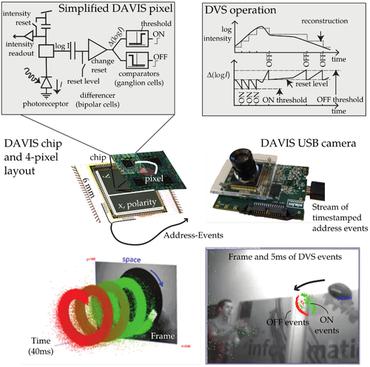EvGNN: An Event-driven Graph Neural Network Accelerator for Edge Vision
Edge vision systems combining sensing and embedded processing promise low-latency, decentralized, and energy-efficient solutions that forgo reliance on the cloud. As opposed to conventional frame-based vision sensors, event-based cameras deliver a microsecond-scale temporal resolution with sparse information encoding, thereby outlining new opportunities for edge vision systems. However, mainstream algorithms for frame-based vision, which mostly rely on convolutional neural networks (CNNs), can hardly exploit the advantages of event-based vision as they are typically optimized for dense matrix-vector multiplications. While event-driven graph neural networks (GNNs) have recently emerged as a promising solution for sparse event-based vision, their irregular structure is a challenge that currently hinders the design of efficient hardware accelerators. In this paper, we propose EvGNN, the first event-driven GNN accelerator for low-footprint, ultra-low-latency, and high-accuracy edge vision with event-based cameras. It relies on three central ideas: (i) directed dynamic graphs exploiting single-hop nodes with edge-free storage, (ii) event queues for the efficient identification of local neighbors within a spatiotemporally decoupled search range, and (iii) a novel layer-parallel processing scheme enabling the low-latency execution of multi-layer GNNs. We deployed EvGNN on a Xilinx KV260 Ultrascale+ MPSoC platform and benchmarked it on the N-CARS dataset for car recognition, demonstrating a classification accuracy of 87.8% and an average latency per event of 16$\mu$s, thereby enabling real-time, microsecond-resolution event-based vision at the edge.
PDF Abstract
